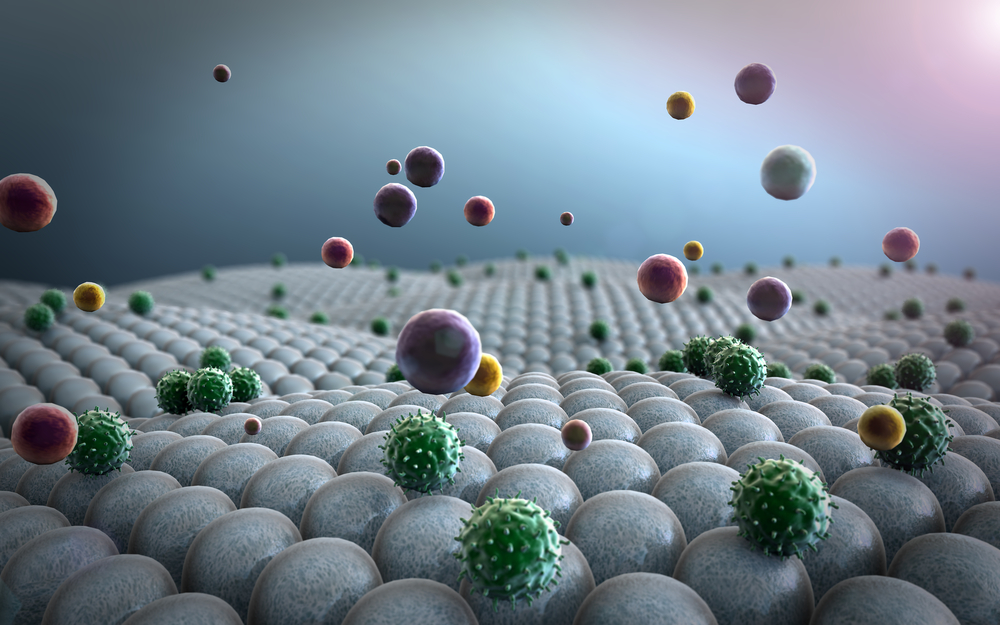Advanced Idiopathic Pulmonary Fibrosis Patients Benefit From Combined Pirfenidone, Inhaled N-acetylcysteine Therapy

 Idiopathic pulmonary fibrosis (IPF) is a rare lung condition that mainly causes scarring of the lungs, with symptoms including shortness of breath and persistent dry cough. IPF is a progressive and potentially fatal condition with an unknown cause.
Idiopathic pulmonary fibrosis (IPF) is a rare lung condition that mainly causes scarring of the lungs, with symptoms including shortness of breath and persistent dry cough. IPF is a progressive and potentially fatal condition with an unknown cause.
At the moment, available treatments are only symptomatic, and much more research is still necessary to better understand IPF and develop effective therapies that treat the disease’s underlying causes.
Recent research has shown that treatment with pirfenidone may slow the decline in vital capacity and increase progression-free survival (PFS) in patients with IPF. However, the effects of combination therapy with inhaled N-acetylcysteine (NAC) and pirfenidone remain unclear.
In a new study, a research team led by Dr. Sakamoto from the Department of Respiratory Medicine, Toho University Omori Medical Center in Tokyo, Japan, evaluated the effects of this combination therapy in patients with an advanced IPF (according to the Japanese Respiratory Society stage III/IV IPF). Patients examined that had moderate decline in forced vital capacity (FVC) of ≥10% within the previous 6 (±2) months of the study were included in the entry criteria.
[adrotate group=”3″]
The researchers then examined patients’ pulmonary function after 12-months. In order to examine the effectiveness and PFS of the combined therapy involving inhaled N-acetylcysteine (NAC) and pirfenidone, the team considered that treatment was ineffective if the decline in FVC was ≥10% and effective if the decline was <10%.
A total of 34 patients were enrolled in the study. From these, 24 patients received the combination treatment and 10 received pirfenidone alone. Results revealed that after 12 months, the combination therapy was effective in 47% of the patients, and only in 20% of the patients that received pirfenidone alone. Moreover, the researchers found that change in FVC was -610 mL in the combination therapy groups versus -1320 mL in the pirfenidone alone group. In addition, the results showen a longer PFS (304 days) in the combination treatment group when compared with the pirfenidone alone group (168 days).
Findings from this study strongly suggest that combination treatment with inhaled N-acetylcysteine NAC and oral pirfenidone is able to reduce the rate of annual FVC decline and to improve PFS in patients with advanced stage IPF.
The study entitled “Effectiveness of combined therapy with pirfenidone and inhaled N-acetylcysteine for advanced idiopathic pulmonary fibrosis: A case-control study,” was recently published in the journal Respirology.







